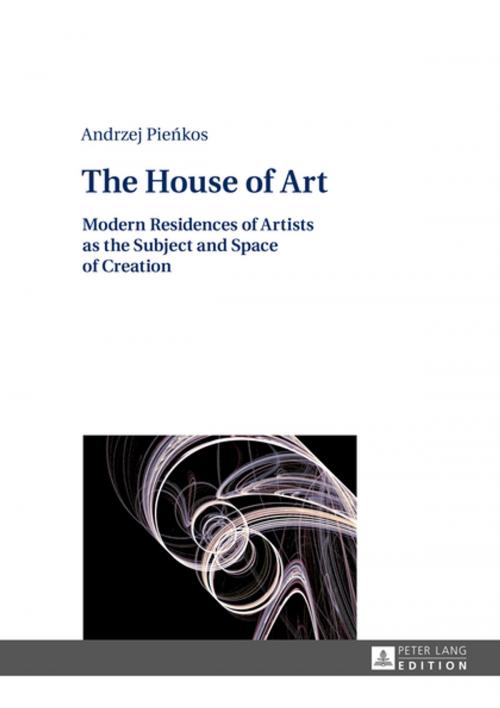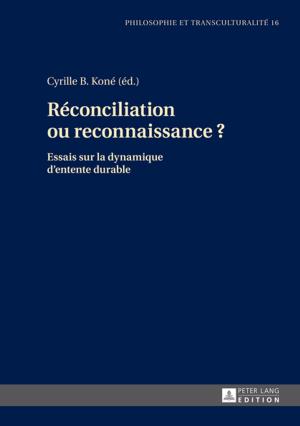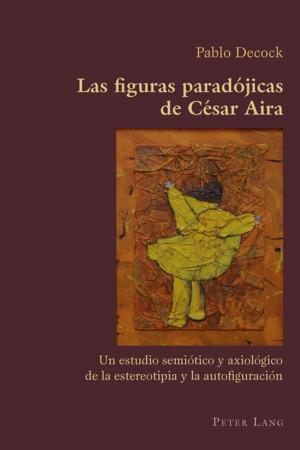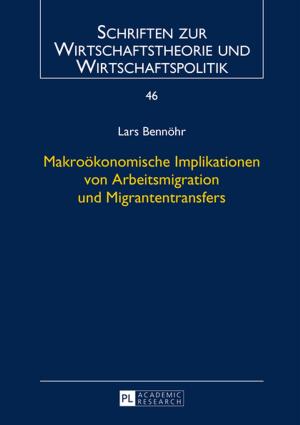The House of Art
Modern Residences of Artists as the Subject and Space of Creation
Nonfiction, Art & Architecture, General Art, Art History, Architecture| Author: | Andrzej Pienkos | ISBN: | 9783653954678 |
| Publisher: | Peter Lang | Publication: | April 1, 2016 |
| Imprint: | Peter Lang GmbH, Internationaler Verlag der Wissenschaften | Language: | English |
| Author: | Andrzej Pienkos |
| ISBN: | 9783653954678 |
| Publisher: | Peter Lang |
| Publication: | April 1, 2016 |
| Imprint: | Peter Lang GmbH, Internationaler Verlag der Wissenschaften |
| Language: | English |
The term «house of art» designates the cultural phenomenon and creative mode in modernity associated with an artist’s residence as his own creation and as his product of a need to create which is unfulfilled in the painter’s, writer’s or composer’s actual field. This book discusses the most important of these creations from the 18th century to the beginning of the 20th, including gardens as well as the artist’s space, broadly understood, annexed by his imagination. An artist’s shaping of his own residence was most commonly a secondary area of his creative work. The formula for a «house of art» is specific to the particular artist and does not have to fit within any given architectural or decorative style. It may conform to the traditions of a residence (artist’s palace, cottage etc), but most often it forms an individual case.
The term «house of art» designates the cultural phenomenon and creative mode in modernity associated with an artist’s residence as his own creation and as his product of a need to create which is unfulfilled in the painter’s, writer’s or composer’s actual field. This book discusses the most important of these creations from the 18th century to the beginning of the 20th, including gardens as well as the artist’s space, broadly understood, annexed by his imagination. An artist’s shaping of his own residence was most commonly a secondary area of his creative work. The formula for a «house of art» is specific to the particular artist and does not have to fit within any given architectural or decorative style. It may conform to the traditions of a residence (artist’s palace, cottage etc), but most often it forms an individual case.















